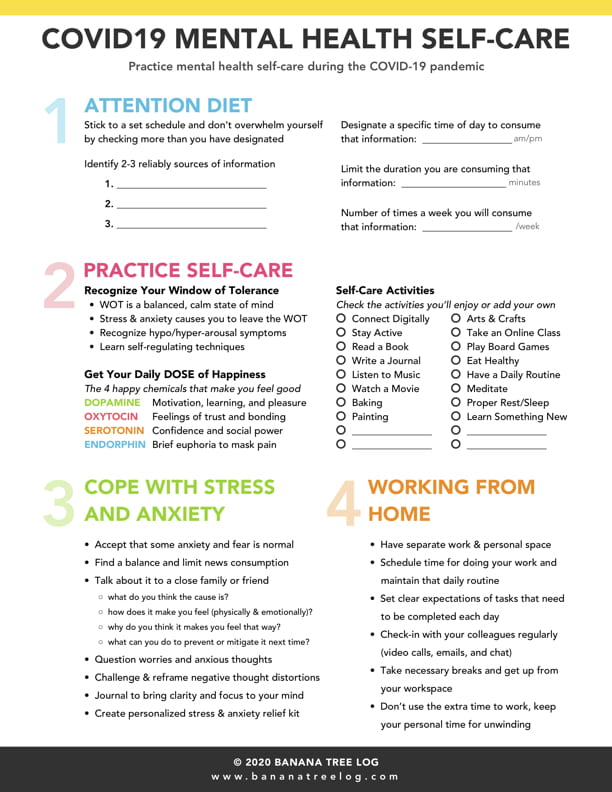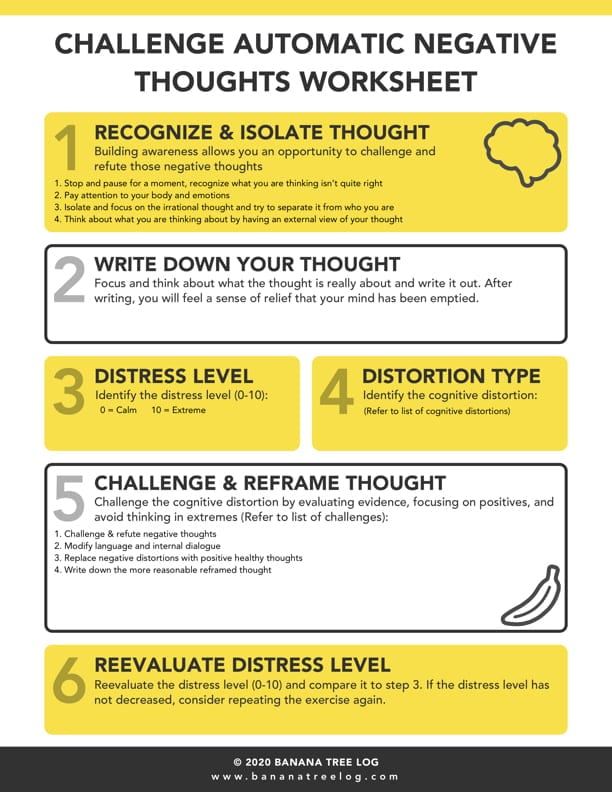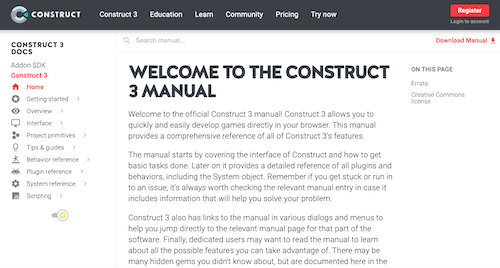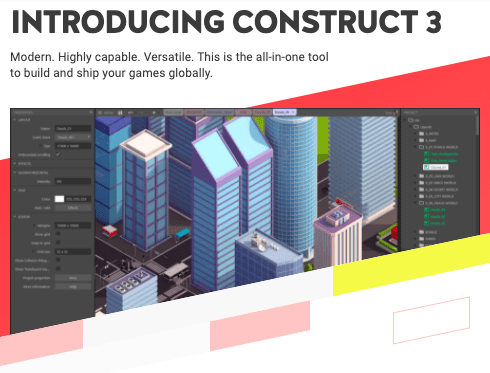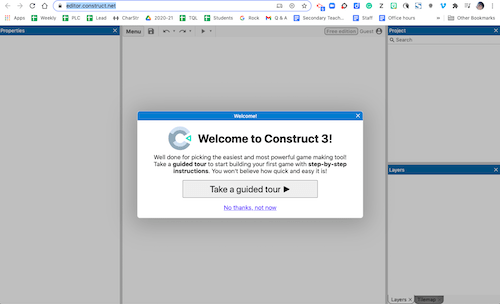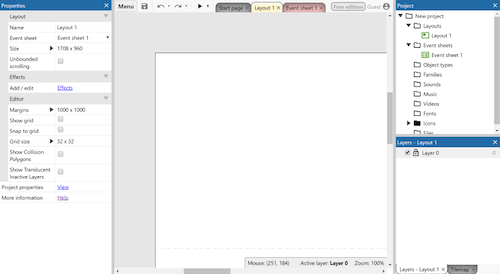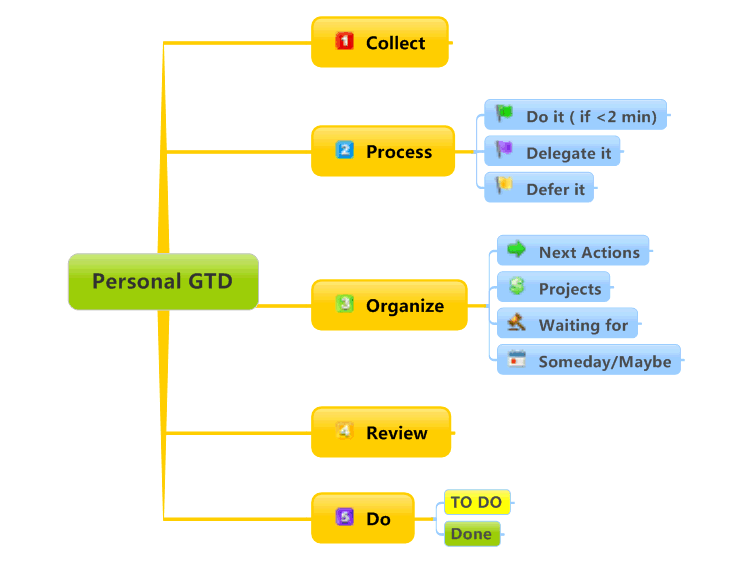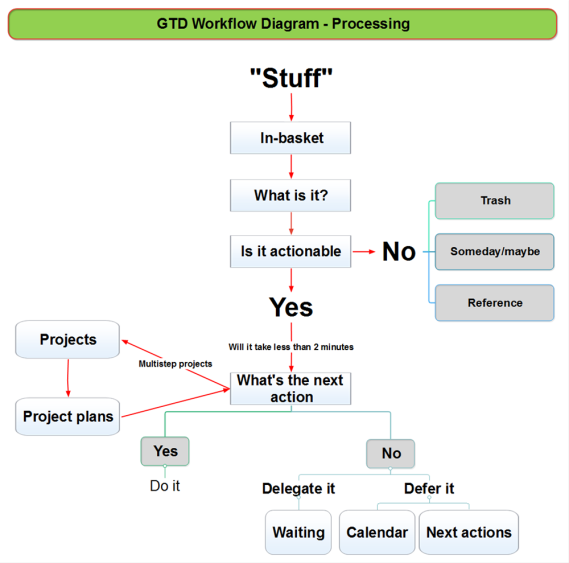| Formal Elements | |
| The Basics | REMINDER: PLACE YOUR RESPONSES IN THIS COLUMN (DELETE THIS MESSAGE BEFORE YOU WRITE) |
| Name of the game | apex legends |
| The platform | im playing on ps4
but its on pc and xbox and is being implemented to switch i believe |
| Time played (should be at least 30 minutes) | 6 hours |
| If you could work on this game (change it), what would you change and why? | I would add a system that puts players that leave mid game on servers with people like them similar to GTA Vs online system |
| Players | you can play 15 different legends |
| How many players are supported? | 60 |
| Does it need to be an exact number? | no |
| How does this affect play? | you commonly can have 2 players in a 3 player lobby or 1 in a 2 player lobby |
| Some types of player frameworks:Single Player – like Solitare.Head-to-head – 1 vs. 1, Chess.PvE – Player vs. Environment, or multiple players vs. the game. Common in MMOs like World of Warcraft.One against Many – Single-player vs. multiple (obvy).Free-for-all – Every man for himself (1 vs. 1 vs. 1 vs. 1..). Most common for multiplayer games, from Monopoly to Modern Warfare.Individuals Against the System – Like Blackjack, where the Dealer is playing against multiple players, but those players have no effect on each other.Team Competition – Multiple vs. multiple, i.e. sports.Predator-prey – Players form a circle and everyone’s goal is to attack the player on their left and defend themselves from the player on their right.Five-pointed Star – Eliminate both players who are not on either side of you. | 2 vs everyone else
3 vs everyone else |
| Objectives/Goals | last standing and eliminate others |
| What are the players trying to do? | eliminate each other |
| Some common objectives include:Capture/Destroy – Eliminate all your opponents pieces (Chess).Territorial Acquisition – Control as much territory as you can, not necessarily harming other players (RISK).Collection – Collect a certain number of objects throughout the game (Pokemon).Solve – Solve a puzzle or crime (Clue).Chase/race/escape – Anything where you are running towards or away from something (playground game Tag).Spatial Alignment – Anything involving the positioning of elements (Tetris or Tic-Tac-Toe or that game at Cracker Barrel).Build – Advance your characters or build your resources to a certain point (The Sims).Negation of another goal – The game ends if you perform an act that is forbidden by the rules (Jenga or Twister). | it doesn’t have these although some events do like the new holo day bash |
| Rules/Mechanics | don’t let your whole squad be downed or eliminated |
| There are three categories of (what the book Rules of Play calls) operational rules:Setup – the things you do at the beginning of a game.Progression of Play – what happens during the game.Resolution – How an outcome is determined based on the game state. | the setup is automatic
during the game you will loot items to strengthen yourself than you will fight with enemies (not always in order)
the outcome is either death or winning |
| Controls | almost every button on a controller is used you can find the controls in the settings
|
| What controls are used? | almost all of them |
| Was there a clear introductory tutorial? | yes |
| Were they easy to understand or did you find yourself spamming the controller? | easy |
| Resources & Resource Management | none but my experience |
| What kinds of resources do players control? | weapons ammo healing shields vault keys ultimate chargers
and mobile re spawn beacons
and crafting materials |
| How are they maintained during play? | you use them during your play and switch them during it |
| What is their role? | to help you survive |
| A resource is everything under the control of a single player. Could be the money in Monopoly or health in WoW. Other examples are:Territory in RISK The number of questions remaining in 20 Questions Objects picked up during videogames (guns, health packs, etc.)Time (game time, real-time, or both)Known information (like suspects in Clue) | ok |
| Game State | NOTES |
| How much information in the game state is visible to the player? | all the materials the map and your kills and observers |
| A snapshot of the game at a single point is the game state. The resources you have, the un-owned properties in Monopoly, your opponent’s Archery skill all count towards the game state. Some example information structures are:Total Information – Nothing is hidden, like Chess.Info per player – Your hand of cards is only visible to you.One player has privileged info – Like a Dungeon Master.The game hides info from all players – Like Clue, where no one knows the victory condition.Fog of War – In video games, where certain sections of the map are concealed if you do not have a unit in sight range of that area. You also cannot see other players’ screens, so each player is unaware of the other’s information. | ok |
| Sequencing | NOTES |
| In what order do players take their actions? | all at the same time |
| How does play flow from one action to another? | you could be looting and then have to switch to battle because of a enemy squad |
| Some structures include:Turn-based – Standard board game technique.Turn-based with simultaneous play – where everyone takes their turn at the same time (like writing something down or putting a card down in War).Real-time – Actions happen as fast as players can make them. Action-based video games.Turn-based and time limits – You have this long to take your turn. | |
| Player Interaction | |
| Some examples:Direct Conflict – I attack you.Negotiation – If you support me here, I’ll help you there.Trading – I’ll give you this for that.Information Sharing – If you go there, I’m warning you, a trap will go off. | |
| Theme & Narrative | NOTES |
| Does it have an actual story structure? | some but mostly what was in titan fall |
| Is it based on a historical event (or similar)? | no |
| Does the theme or narrative help you know how to play? | no |
| Does it have emotional impacts? | no |
| Also, look for en media res (does it start in the middle of the game)? | no? |
| The Elements in Motion | NOTES |
| How do the different elements interact? | all the elements effect the strategies you would use in order to battle |
| What is the gameplay like? | high octane battle |
| Is it effective? | yes |
| Are there any points where the design choices break down? | their are some bugs but are being patched |
| Design Critique | NOTES |
| Why did the designer make these particular choices? | to keep the players
interested |
| Why this set of resources? | its what is needed for the game to function while some things where added in order to keep the game fresh |
| What if they made different decisions? | the game would be better or worse IDK |
| Does the design break down at any point? | with glitches kinda but it doesn’t realy affect the gameplay |
| Graphics & Sound | NOTES |
| Does the game art pair well with the mechanics? | great graphics and animations for all he mechanics |
| Did you find any bugs or glitches? | a few but their not very bad |
| What about sound? | great sound |
| Can you spot any technical shortcuts? | no |
| Various Stages of the Game | NOTES |
| To wrap up, some things to keep in mind (as if there aren’t enough already) as you play: | |
| What challenges do you face, and how do you overcome them? | being stuck with two people in squads I overcame it by avoiding enemies till we were confident in our materials to fight 2 v 3 (we won) |
| Is the game fair? | yes |
| Is it replayable? Are there multiple paths to victory or optional rules that can change the experience? | it is honesty the most repayable game I have ever experienced |
| What is the intended audience? | anyone who like fps games |
| What is the core, the one thing you do over and over, and is it fun? | fight. |

